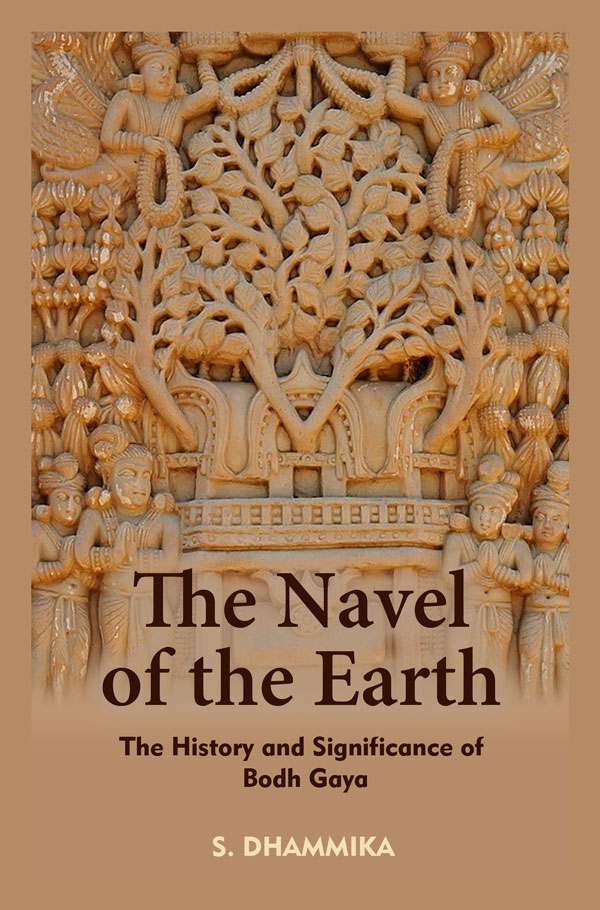
India has literally thousands of places that its rich and enduring civilization has adorned with magnificent monuments. Although Bodh Gayā has not attracted as much attention as Agra with its Taj Mahal or Khajuraho’s temples with their erotic sculptures, it is nonetheless one of the most interesting and significant of these places. Bodh Gayā’s historical significance it due to it having a longer and more complete history than almost any other place in the subcontinent, a history supplemented by epigraphical and literary sources from China and Tibet, Burma, Thailand and Sri Lanka. Nor is this history merely an outline of events or a list of doubtful dates, as so often encountered in the study of India’s past. Rather, it includes detailed descriptions of Bodh Gayā’s now vanished temples and shrines, accounts of the elaborate ceremonies and doctrinal disputes that once took place there, and even details of how time was kept in its monasteries. This history is also made more interesting by the participation of some of Asia’s greatest personalities, from Asoka to Curzon, from Xuanzang to Anāgārika Dharmapāla.
